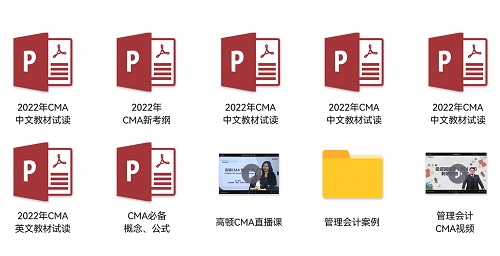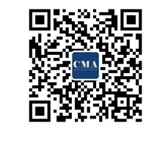| Capitalized expenditures (e.g., shipping costs) | Changes in net working capital | Net proceeds from sale of old asset in a replacement decision | Impact of spontaneous changes in current liabilities | |
| A. | No | Yes | Yes | Yes |
| B. | Yes | No | No | No |
| C. | No | Yes | No | No |
| D. | Yes | Yes | Yes | Yes |
D.1.2. Regis Company, which is subject to an effective income tax rate of 30%, is evaluating a proposed capital project. Relevant information for the proposed project is summarized below.
| Initial investment | $500,000 |
| Annual operating cash inflows for the first three years. | |
| Year 1 | $185,000 |
| Year 2 | $175,000 |
| Year 3 | $152,000 |
A. inflow only.
B. inflow plus annual depreciation expense.
C. inflow plus annual depreciation tax shield.
D. inflow plus the net impact of the annual depreciation expense and depreciation tax shield.
D.1.3. Garfield, Inc. is considering a 10-year capital investment project with forecasted revenues of $40,000 per year and forecasted cash operating expenses of $29,000 per year. The initial cost of the equipment for the project is $23,000, and Garfield expects to sell the equipment for $9,000 at the end of the 10th year. The equipment depreciates over 7 years. The project requires a working capital investment of $7,000 at its inception and another $5,000 at the end of year 5. assuming a 40% marginal tax rate, the expected net cash flow from the project in the 10th year is:
A. $32,000
B. $24,000
C. $20,000
D. $11,000
D.1.4. Calvin Inc. is considering the purchase of a new state-of-art machine to replace its hand-operated machine. Calvin's effective tax rate is 40%, and its cost of capital is 12%. Data regarding the existing and new machines are presented below.
| Existing machine | New machine | |
| Original cost | $50,000 | $90,000 |
| Installation cost | $0 | $4,000 |
| Freight and insurance | $0 | $6,000 |
| Expected end salvage value | $0 | $0 |
| Depreciation method | straight-line | straight-line |
| Expected useful life | 10 years | 5 years |
If the new machine is purchased, what is the net amount of the initial cash outflow at Time 0 for net present value calculation purposes?
A. $65,000.
B. $75,000.
C. $79,000.
D. $100,000.
D.1.5. Verla Industries is trying to decide which one of the following two options to pursue. Either option will take effect on January 1st of the next year.
Option One - Acquire a New Finishing Machine.
The cost of the machine is $1,000,000 and will have a useful life of five years. Net pretax cash flows arising from savings in labor costs will amount to $100,000 per year for five years. Depreciation expense will be calculated using the straight-line method for both financial and tax reporting purposes. As an incentive to purchase, Verla will receive a trade-in allowance of $50,000 on their current fully depreciated finishing machine.
Option Two - Outsource the Finishing Work.
Verla can outsource the work to LM Inc. at a cost of $200,000 per year for five years. If they outsource, Verla will scrap their current fully depreciated finishing machine. Verla’s effective income tax rate is 40%. The weighted-average cost of capital is 10%.
When comparing the two options, the $50,000 trade-in allowance would be considered
A. irrelevant because it does not affect taxes.
B. relevant because it is a decrease in cash outflow.
C. irrelevant because it does not affect cash.
D. relevant because it is an increase in cash outflows.
D.4.1. Two mutually exclusive capital expenditure projects have the following characteristics
| Project A | Project B | ||
| Investment | $100,000 | $150,000 | |
| Net cash inflow | Year 1 | $40,000 | $80,000 |
| Year 2 | $50,000 | $70,000 | |
| Year 3 | $60,000 | $60,000 |
A. The net present value of Project A at a cost of capital of 10% is $22,720.
B. The net present value of Project B at a cost of capital of 12% is $19,950.
C. The internal rate of return of Project B is greater than the internal rate of return of Project A.
D. The payback years for Project A is greater than the payback years for Project B.
D.5.1. Parker Industries is analyzing a $200,000 equipment investment to produce a new product for the next 5 years. A study of expected annual after-tax cash flows from the project produced the following data.
| Annual after-tax cash flow | Probability |
| 45000 | 10% |
| 50000 | 20% |
| 55000 | 30% |
| 60000 | 20% |
| 65000 | 10% |
| 70000 | 10% |
A. 20%.
B. 30%.
C. 40%.
D. 60%.
D.5.2. What is a primary caution when using a company’s cost of capital as the discount rate to evaluate a capital project?
A. Evaluation typically rejects high-risk projects
B. The cost of capital may need to be risk-adjusted
C. Low-risk projects are favored
D. Opportunity costs can be distorted
CMA中英文智能题库免费使用,史上最全,考试必备://cma.gaodun.cn/tiku/





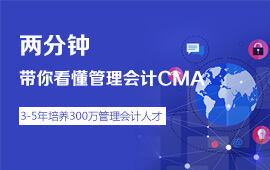
 cma培训哪家好?考生怎么
cma培训哪家好?考生怎么  上海
上海  北京
北京  广州
广州  苏州
苏州  杭州
杭州  南京
南京  重庆
重庆  武汉
武汉  南昌
南昌  宁波
宁波  温州
温州  长沙
长沙  西安
西安  济南
济南  成都
成都  福州
福州  郑州
郑州 

 重要通知:
重要通知: 

 Martin 高顿CMA认证官 免费
Martin 高顿CMA认证官 免费 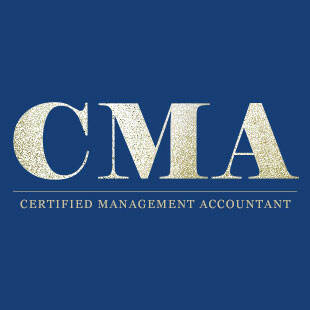 ima协会 财务总监兼副总裁 免费
ima协会 财务总监兼副总裁 免费 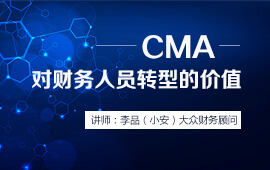
 小安 大众财务顾问 免费
小安 大众财务顾问 免费 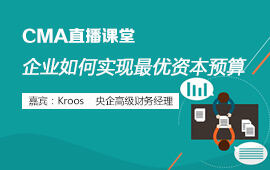
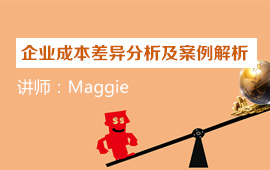



 李品 卡特彼勒、大众高级财务顾问 免费
李品 卡特彼勒、大众高级财务顾问 免费 

